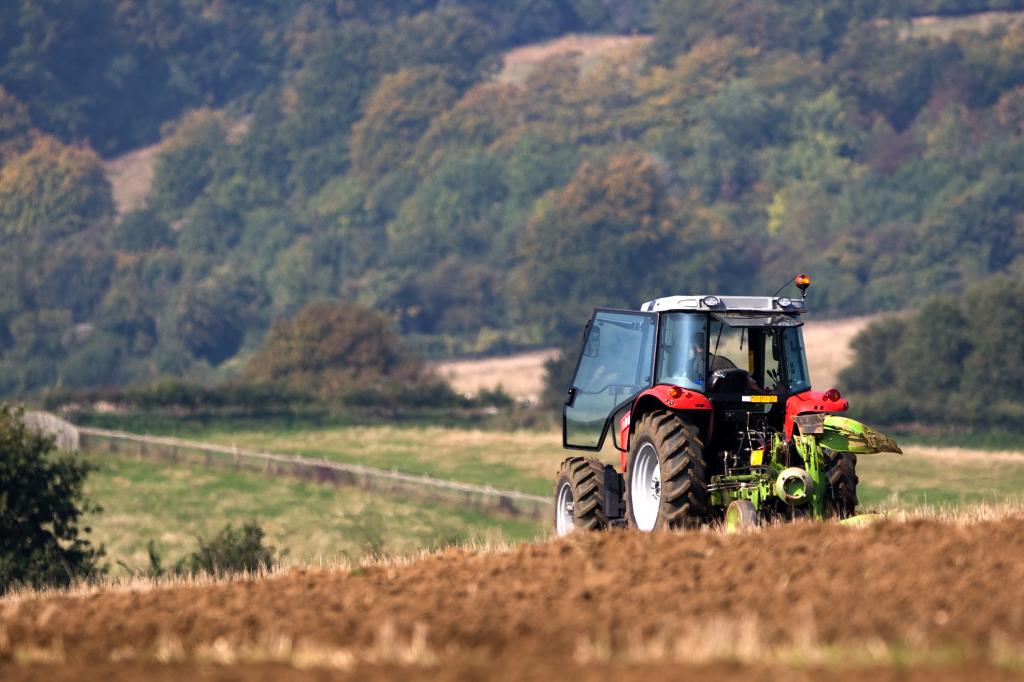
Rachel Reeves’ Budget in October last year and the resulting reduced relief from IHT is having a huge impact on the farming community. For the first time, the land-owning generation are being forced to consider making gifts during their lifetime to maximise the remaining Agricultural Property Relief and Business Property Relief from inheritance tax.
However, the long-standing concerns farming families have about diluting ownership of the farm and the risks of potential claims by spouses in the event of marital breakdown remain prominent.
What can be done to protect the farm in the event that land is handed onto the next generation?
Since 2010, pre and post-nuptial agreements have been given significant weight in the context of divorce proceedings. A pre-nuptial agreement is an agreement entered into between couples before their wedding day which regulates how they would like to resolve their financial settlement in the event that they one day divorce. A post-nuptial agreement is exactly the same sort of document but entered into by a couple after they have married. All nuptial agreements, whether entered into before or during a marriage, hold the same weight so long as they are properly entered into with the benefit of independent legal advice for both parties.
How do nuptial agreements work?
In the absence of a nuptial agreement having been entered into, the court on divorce has a wide discretion as to how to adjust ownership of assets held by the couple, the starting point being an equal division of all wealth accumulated during the marriage, known as “matrimonial property” (which will always include their family home, regardless of who owns it or paid for it). Non-matrimonial property (which includes assets brought into the marriage, received as a result of inheritance or gifts and kept separate from their spouse) may not be shared if the parties’ needs can be met by sharing the matrimonial property alone.
Where a pre or post nuptial agreement has been entered into, that shifts the court’s starting point from an equal division of all the matrimonial property, to the provision agreed between the couple in the nuptial agreement.
The impact in farming divorces
In the context of a farming family, it is common to see land owned by the eldest family members but farmed by the wider family in partnership with children and sometimes their spouses brought into partnership and the land being treated as an asset of the partnership. That can blur the lines between what is treated as matrimonial and non matrimonial property and make a divorce process all the more expensive unravelling exactly who owns what, what is to be shared between the divorcing couple and what is not.
By entering into a nuptial agreement in happy times, a couple can sit down and agree provision that would be fair and achievable without damaging the viability of the farming business. The aim of these agreements is always to preserve a viable farm for the benefit of the family and to enable future generations to continue that legacy.
That aim tends to be shared by spouses during happy times and people tend to be cooperative in agreeing such sensible methods of resolving a potential dispute on divorce. Examples can be agreeing what sort of housing provision would be needed by a spouse and how that could be arranged without selling vital land or taking farm borrowing beyond what is sustainable.
Having these discussions as part of a proper succession plan is valuable for the family as a whole as it will ensure open conversations happen and the intention as to who owns what is recorded to minimise scope for an expensive dispute in the future.
Whilst courts are very reluctant to force the sale of a farm in the event of a divorce, a forced sale remains a power available to the court to release sufficient funds to meet the spouse’s needs. A nuptial agreement removes that worry by recording a clear agreement by the couple to avoid it.
For more information about nuptial agreements in this context please contact Sarah Atkinson at s.atkinson@stephens-scown.co.uk.
